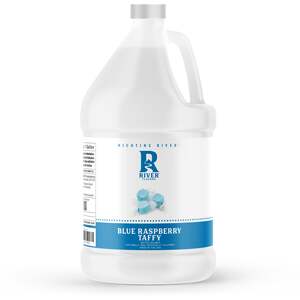Propylene Glycol (PG) and Vegetable Glycerin (VG) E-Liquids – The Differences Between Them
Cuerpo
Vaping is quickly gaining popularity among young adults and elderly individuals, according to Bulk e-liquid distributors. Some people utilize it as a tool to aid in their own cigarette habit cessation. Others smoke e-cigarettes for fun.
The material that enters a vape pen or other device and gives the vapor its flavor is called e-Liquid, commonly referred to as e-juice.
This article examines the ingredients and characteristics of e-liquid to assist you in selecting the product that will provide the desired experience.
Propylene Glycol (PG) And Vegetable Glycerin (VG) – What are They?
The basis for e-liquids is made of vegetable glycerin and propylene glycol (PG and VG). In addition to one of the two types of glycerin, nicotine and flavoring are also present in e-liquids. Some e-liquids mix PG and VG in varying amounts.
Variable levels of both Propylene Glycol and Vegetable Glycerin are included in E-Liquids. Both have unique traits, and knowing those differences will enable you to select the products that will provide your desired experience.
Vegetable glycerin is less flavorful and more viscous or thick. The fumes it produces are bigger and thicker, though.
On the other hand, Propylene Glycol produces fewer vapors but has a stronger flavor.
Mixing of Propylene Glycol (PG) with Vegetable Glycerin (VG)
To preserve the beneficial characteristics of both ingredients, most e-juice manufacturers currently combine PG and VG. Propylene Glycol (PG) to Vegetable Glycerin ratios commonly range from 50:50 to 60:40 to 70:30, depending on the manufacturer (VG).
By blending the two chemicals, you can balance the potency of the flavor, the throat hit, and the density of the vapor. If you're still unsure whether e-juice is better for you—Propylene Glycol (PG) vs. Vegetable Glycerin (VG)—different ratios of combined PG and VG are the best approach to figure that out.
Percentage of VG and PG e-liquids to buy
When it comes to choosing between VG and PG, the vaping community is rather divided. Some vapers, primarily ex-smokers, prefer PG's powerful throat hits over VG's flavor and vapor clouds because it more closely resembles smoking. At the same time, others delight in the sweet, substantial vapor clouds that VG offers.
However, as they invest in box mods with bigger atomizers, they commonly find that they must switch to higher VG blends, such as 70/30 VG to PG, in order to produce bigger vape clouds on an appliance that can handle the thicker consistency of VG.
Ending Note
You can select the ideal product for the finest vaping experience by being aware of the characteristics of the ingredients that go into making e-liquids. Whether you're looking for the top e-liquid nicotine or bulk e-liquid suppliers you can find them on Nicotine River.
Ryan Adams is the author of this article. For more details about Usp Propylene Glycol Supplier please visit our website: nicotineriver.com












Comentarios